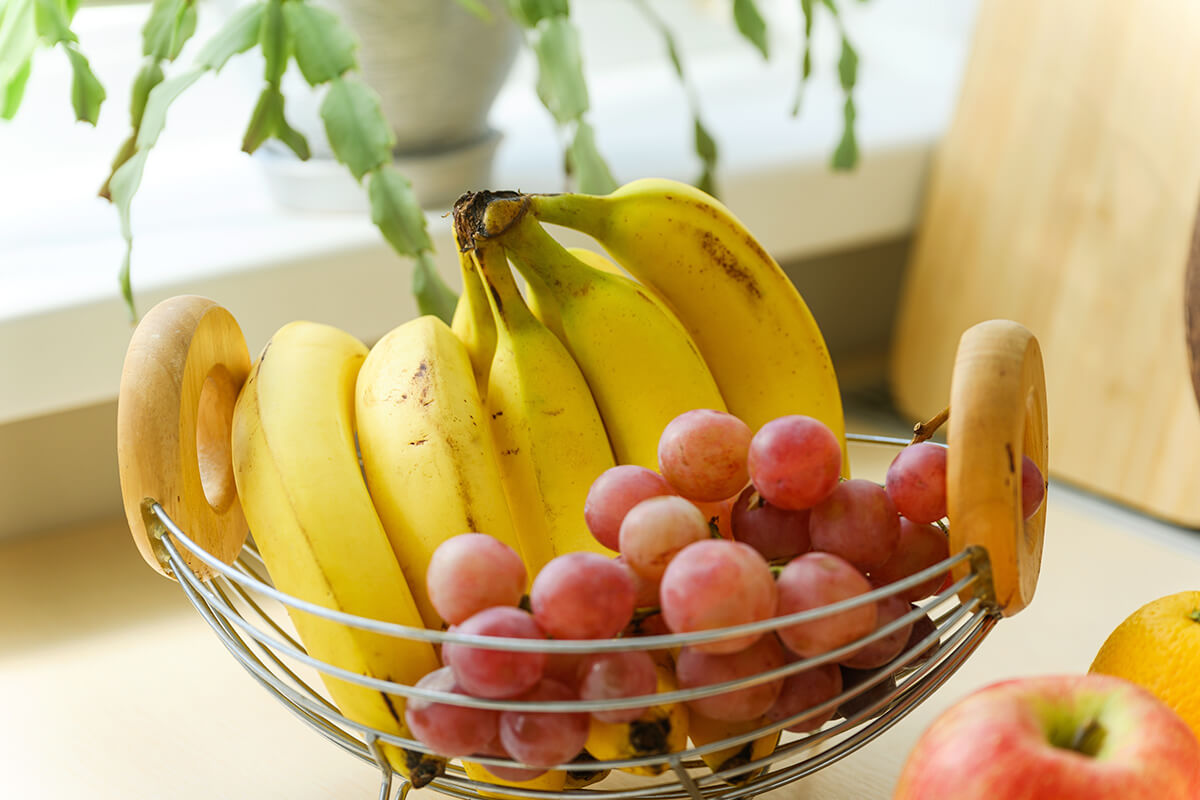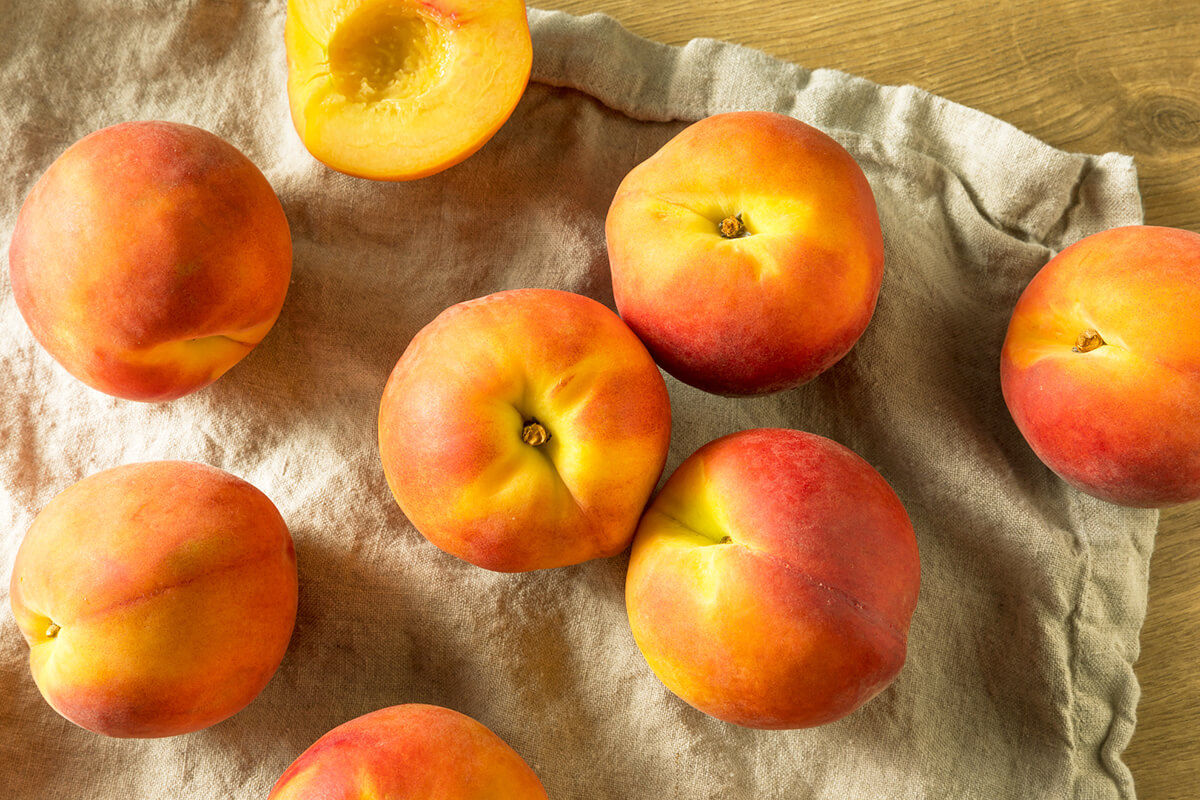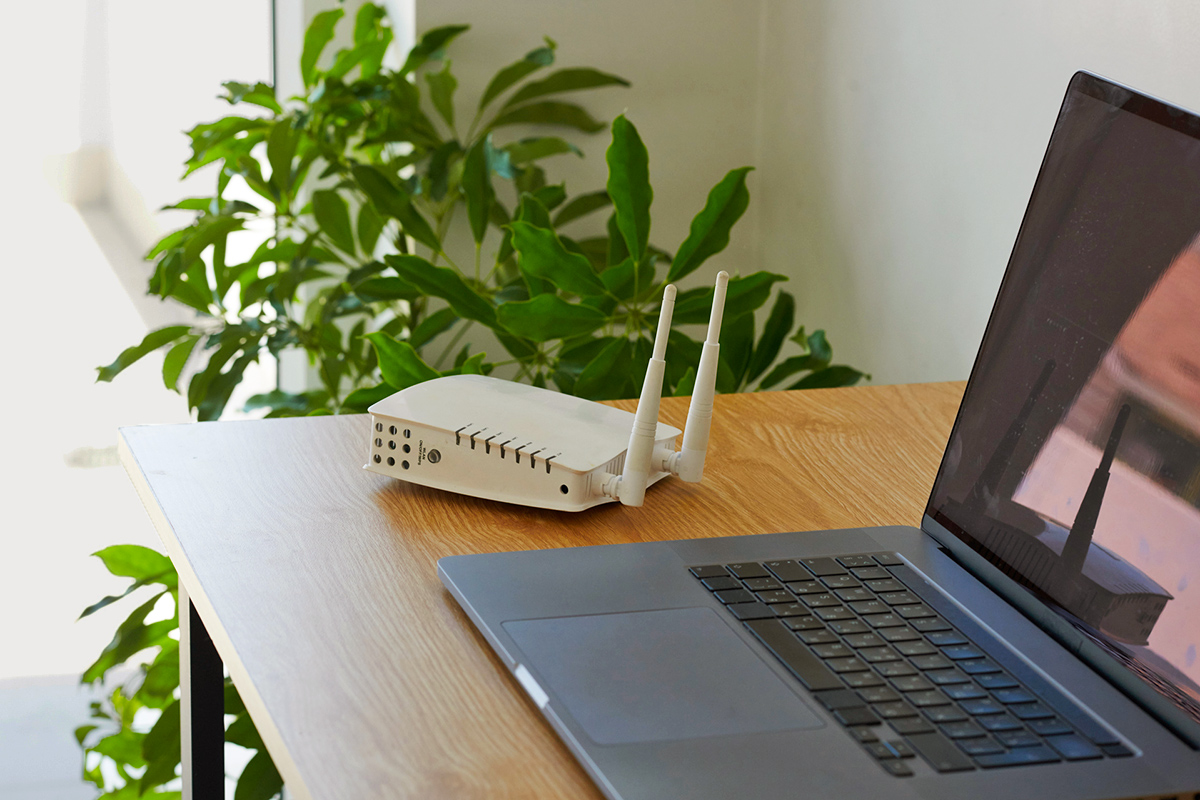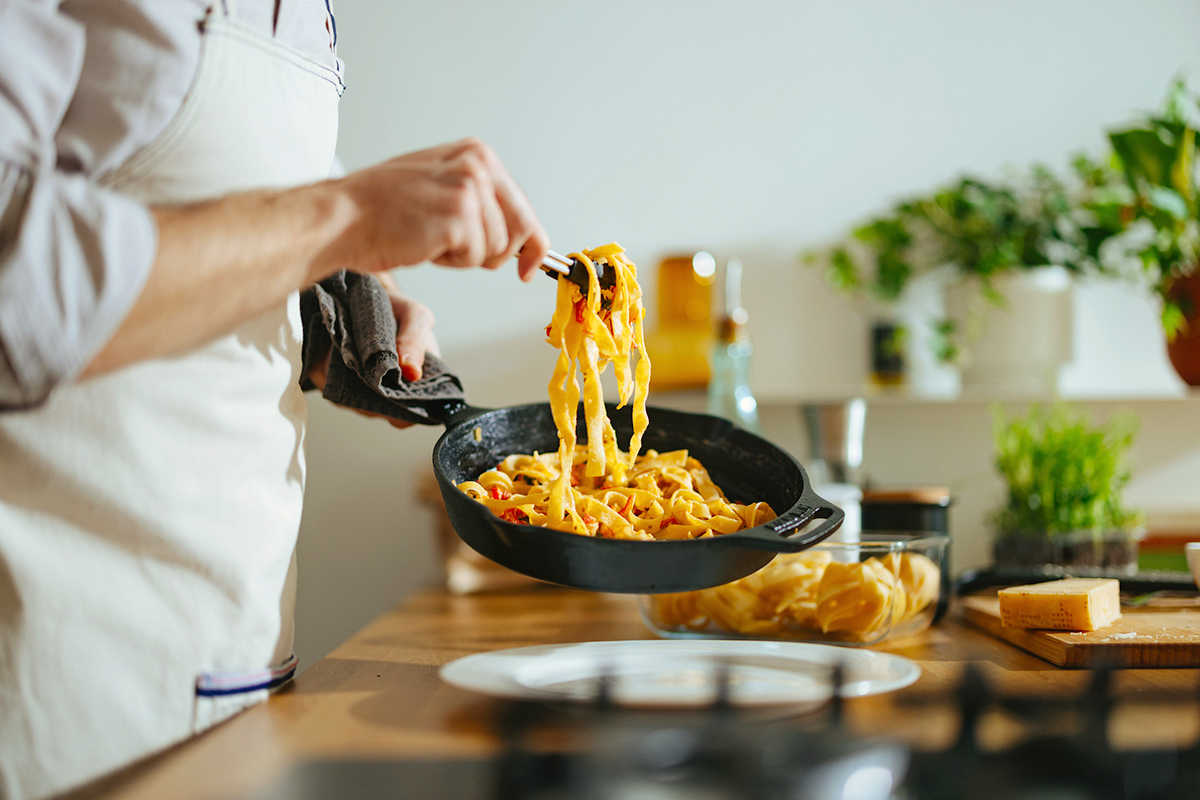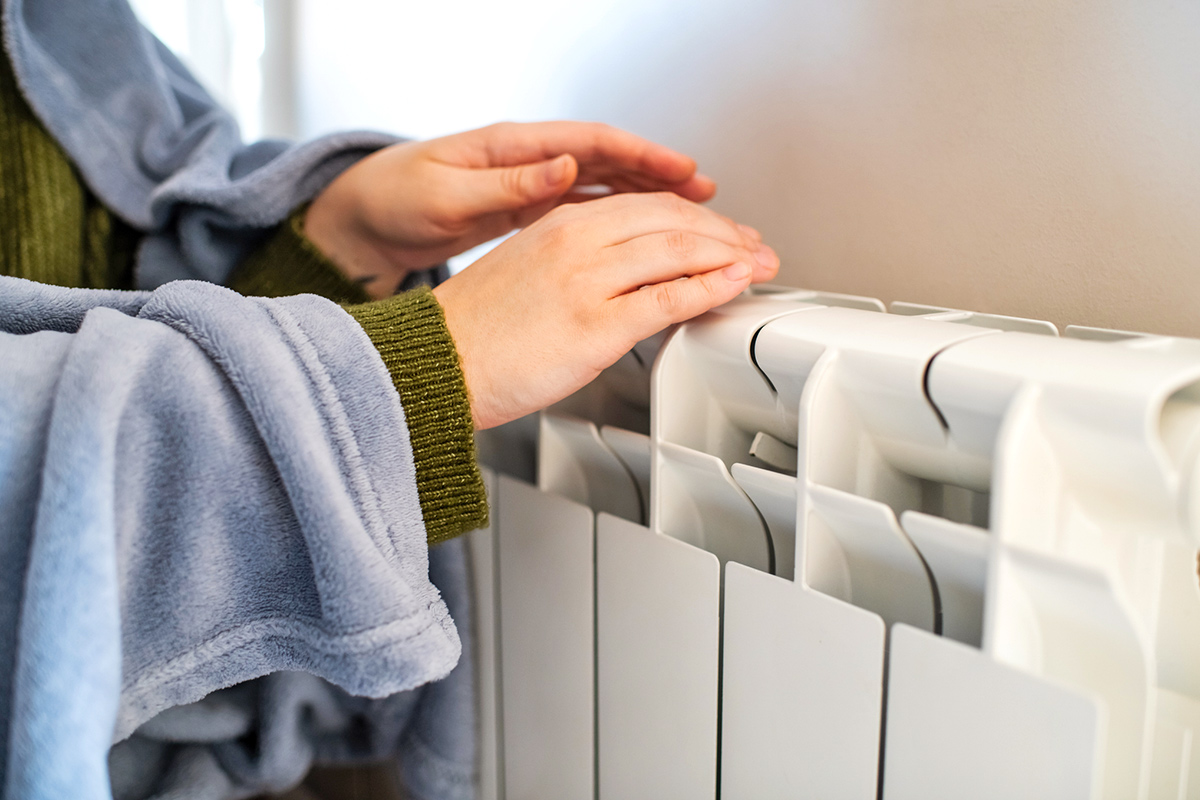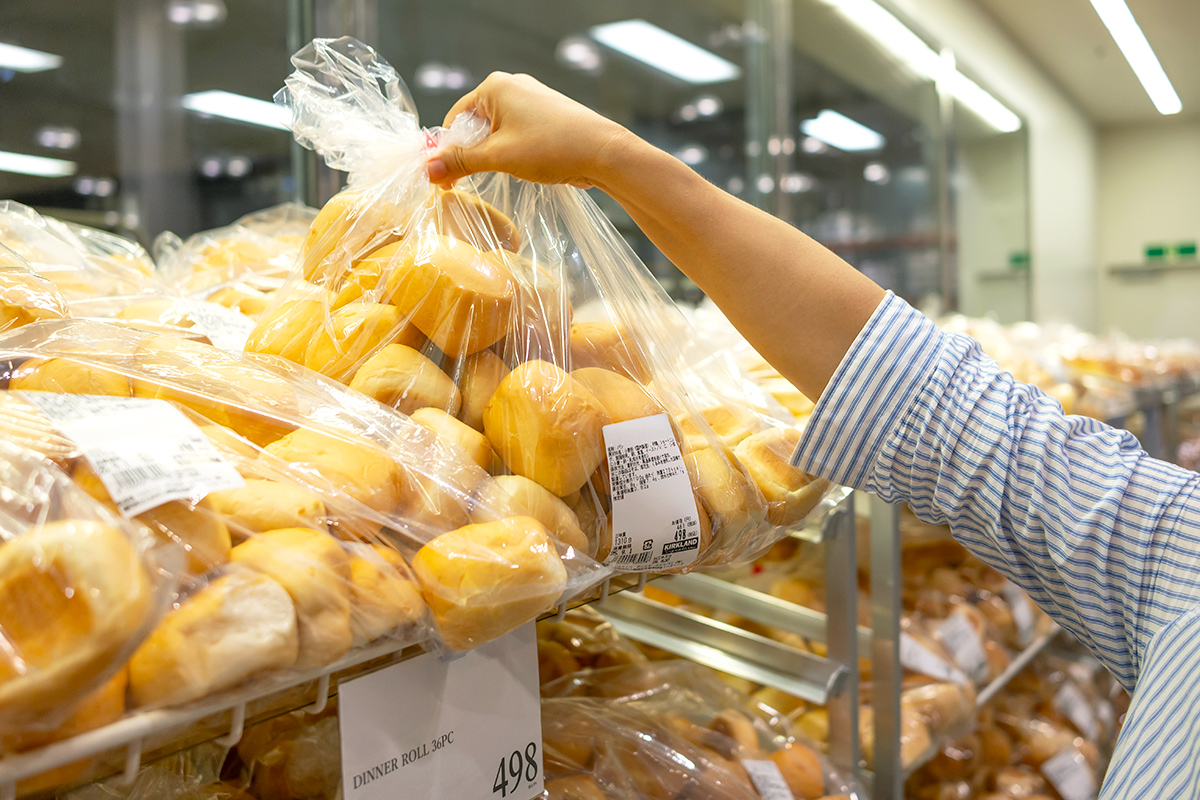Imagine you’re preparing to host friends tomorrow when you suddenly realize there’s a major problem: The avocados for your homemade guacamole aren’t ripe enough. You can always run out to the store and buy a few more, but there’s no guarantee those avocados will be ripe either. Short of a miracle, what’s a good host…
There’s no need to panic — you can speed up the ripening of avocados and other fruits using tools you likely have on hand. Some methods work better than others, depending on the type of fruit and whether you plan to eat it as is or incorporate it into a recipe. Ready to take your avocados from rock-hard to ready-to-eat? Here are five tips for faster fruit ripening.
1. Seal Fruits in a Paper Bag
Most fruits will ripen quicker if sealed inside a paper bag. It’s important to avoid plastic bags, however, as they can trap moisture and cause the fruit to rot. The paper bag method works well for a variety of fruits such as avocados, mangoes, tomatoes, and more. It has to do with trapping ethylene, a naturally occurring plant hormone that causes fruits (and vegetables) to mature. The sealed paper bag will trap that ethylene, expediting the ripening process by a few days.

More from our network
House Outlook is part of Inbox Studio, which publishes content that uplifts, informs, and inspires.
When using the paper bag method, consider adding a ripened apple or a banana to the bag with the fruit you’re trying to ripen. These fruits arepowerful ethylene producers, speeding up the process even further.
2. Put Mangoes in a Bowl of Rice
This hack is based on an age-old technique developed in India, where it’s common to use uncooked white rice to help ripen mangos. While the rice helps trap ethylene, it also absorbs excess moisture, which can prevent spoilage. Grab a bowl big enough to fit the mango (or any other fruit), place the fruit in the bowl, and completely submerge it in uncooked rice. Check the progress every six hours or so, as this method is quite effective. If you leave the mango for too long, it may become too ripe to enjoy.

3. Wrap Peaches in Linen
Using one of the aforementioned tips may cause delicate fruits such as peaches to bruise easily. So this helpful hack relies on linen fabric. Lay a linen napkin or kitchen towel on the countertop. Place your peaches stem-side down on the linen, leaving space between each fruit. Finally, cover them with a second linen cloth and let them sit until ripe. You’ll know they’re ready to enjoy when a sweet peach fragrance fills your kitchen.



4. Bake Bananas in the Oven
According to All Recipes, a bit of oven time can transform your bananas from hard and inedible to sweet and mushy in a matter of minutes. This may not be the best method if you plan to eat the bananas on their own, as they can become extremely soft. However, it’s an excellent tip if you’re planning to use the bananas as an ingredient in a recipe — banana bread, for instance.
Preheat the oven to 300 degrees Fahrenheit, lay a piece of parchment paper on a baking sheet, and then place your unpeeled bananas on top of it, leaving a couple of inches between each one. Let the bananas bake for 30 minutes — if this isn’t enough time, check on them every 15 minutes thereafter. The peels will turn black, but the bananas themselves will become sweet and mushy, transforming them into the perfect baking ingredient.

5. Utilize Ambient Warmth
Warmer temperatures increase ethylene gas production, so if you’re seeking some rapid ripening, store your fruit bowl in places that get ambient heat. For example, keep a bowl of fruit on top of the refrigerator, which generates heat when running. Or leave the bowl on the windowsill in direct sunlight or adjacent to the stovetop. The warmth will cause the fruit to ripen far quicker than if it were stored in a cool, dark area.
